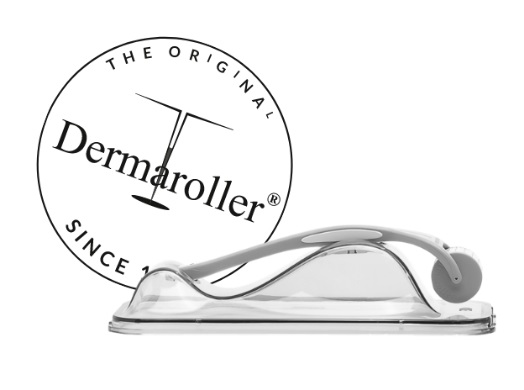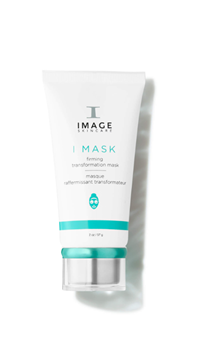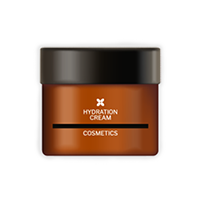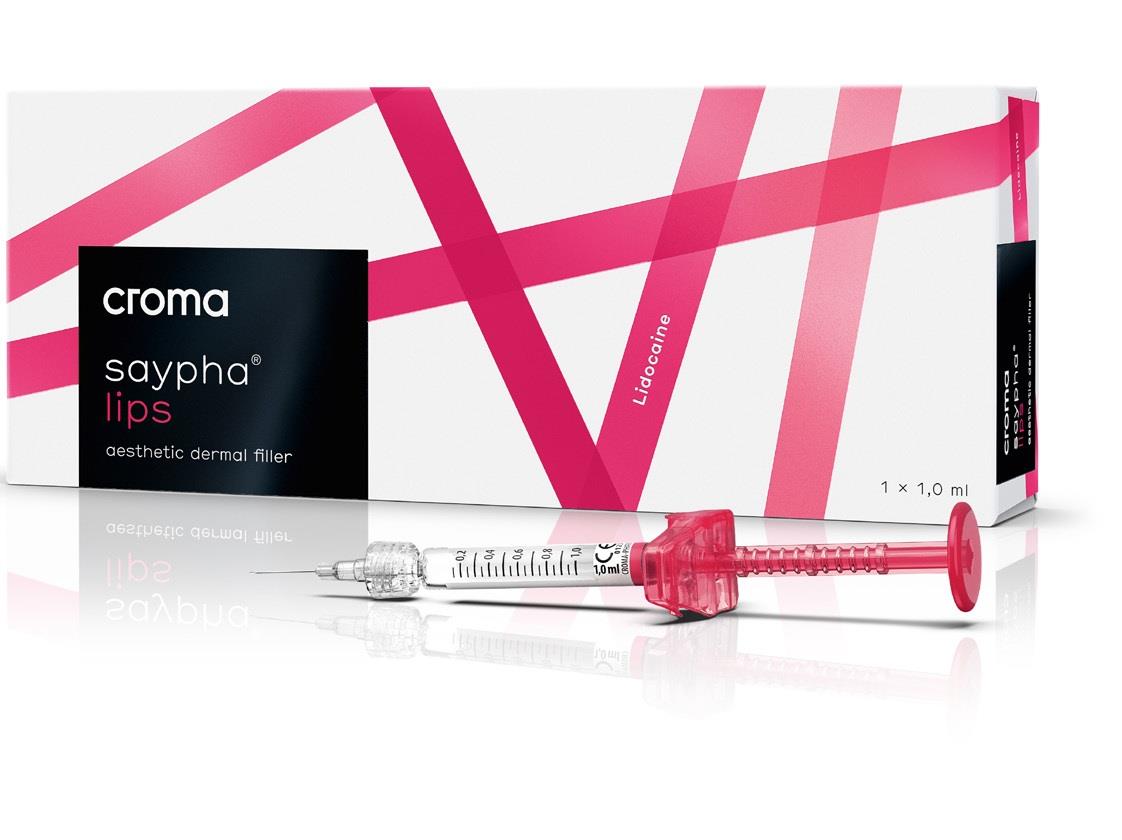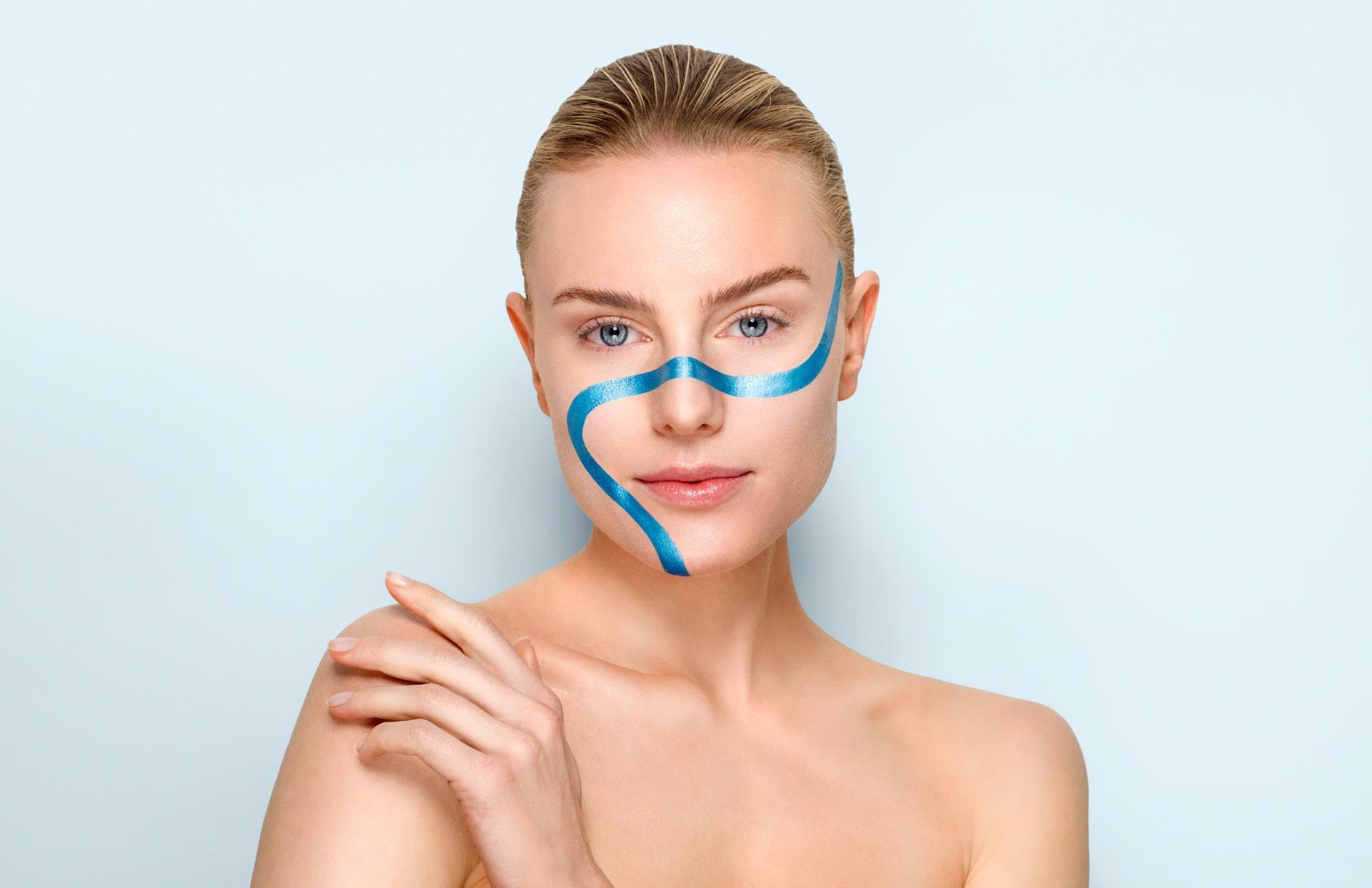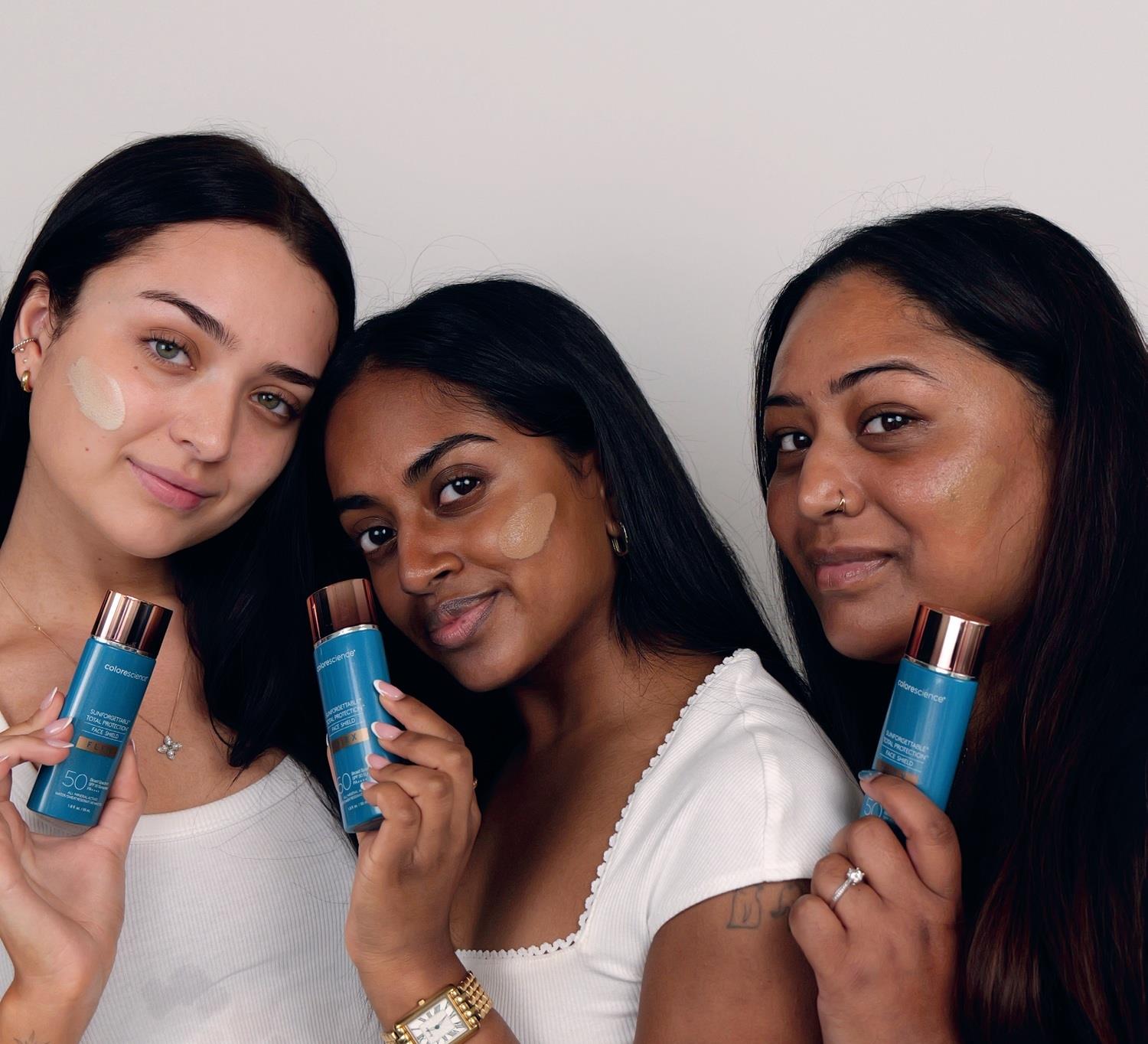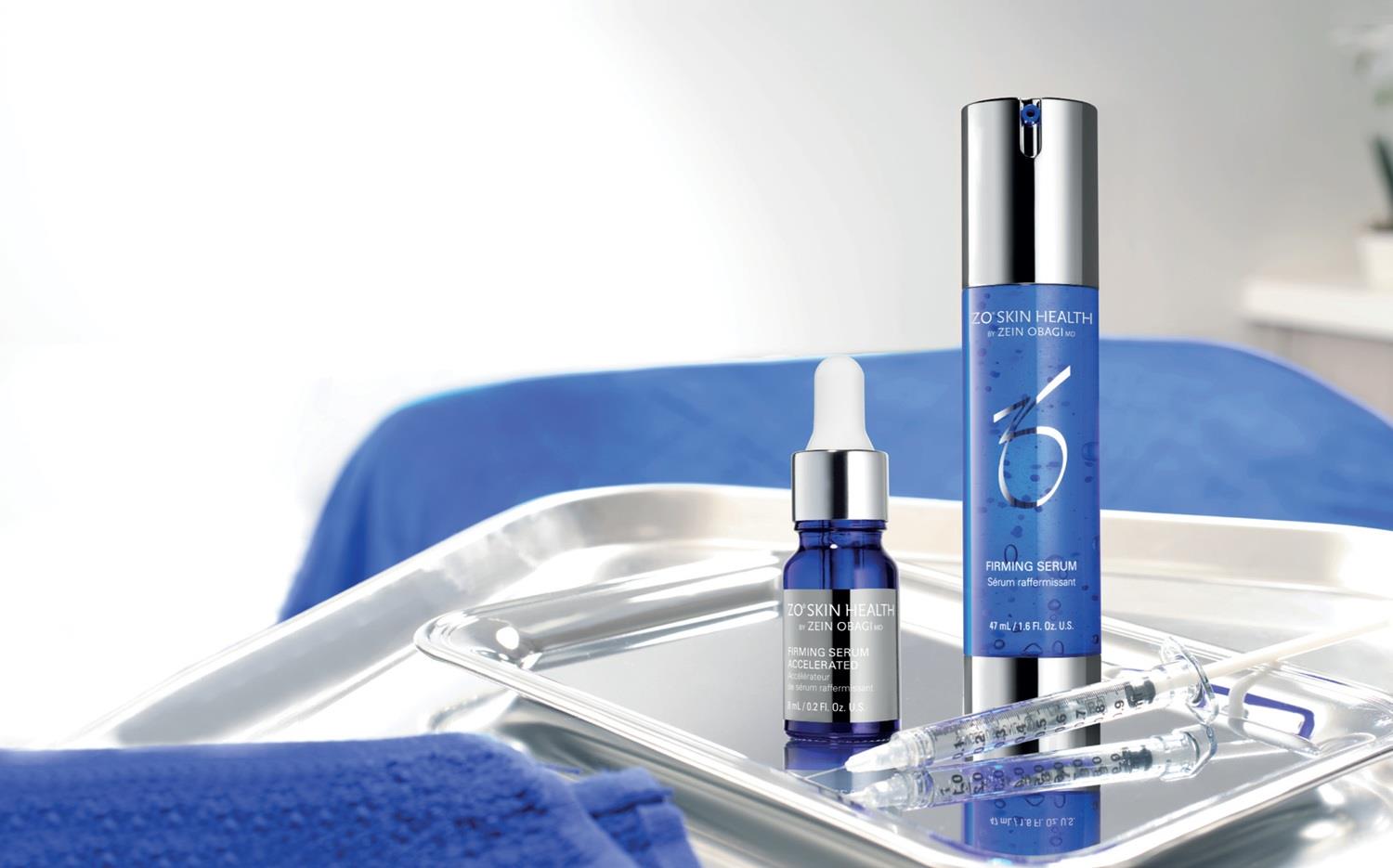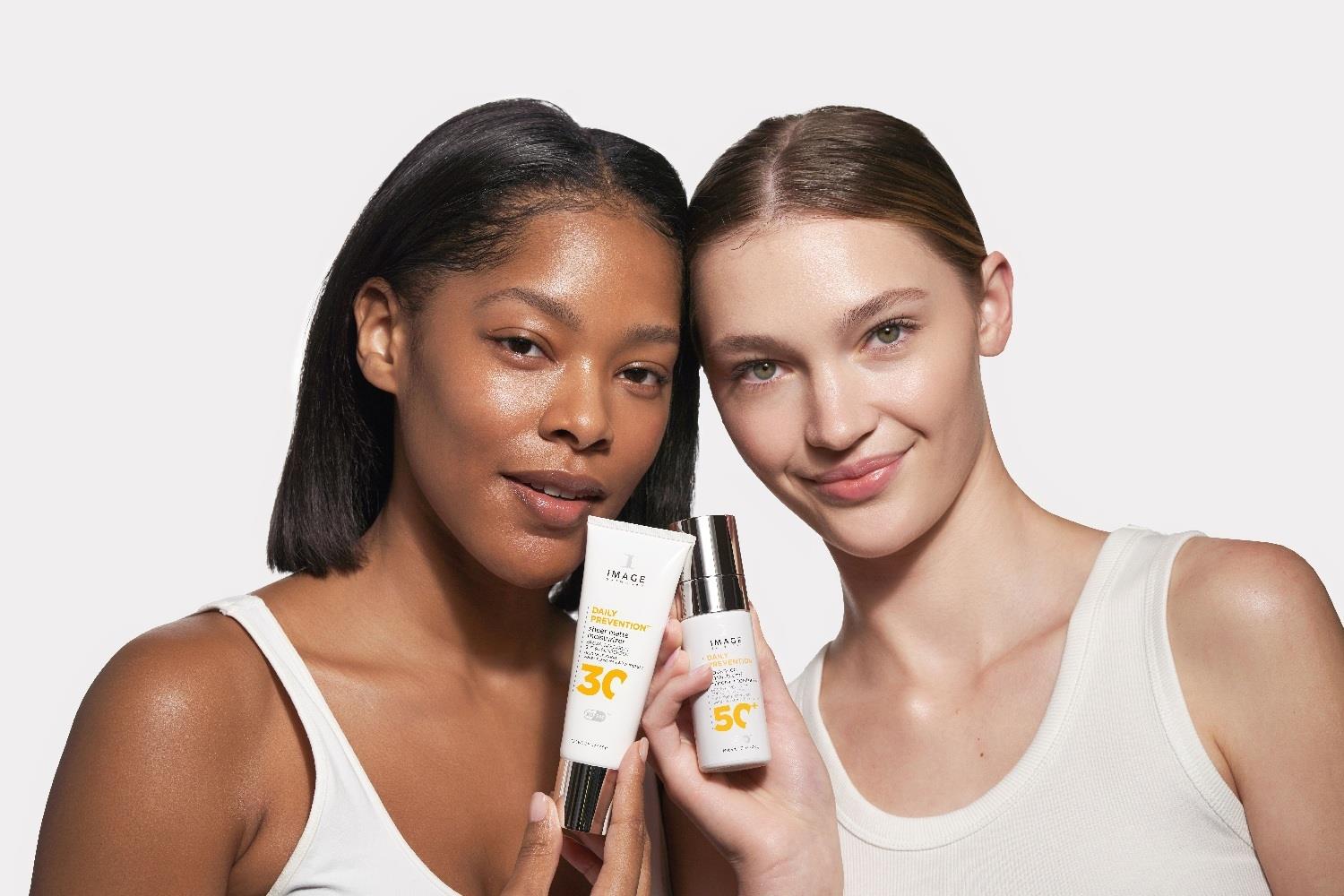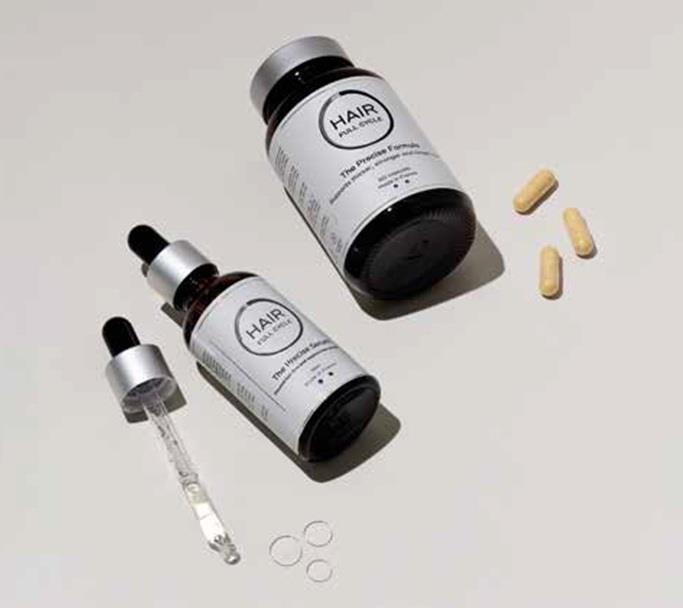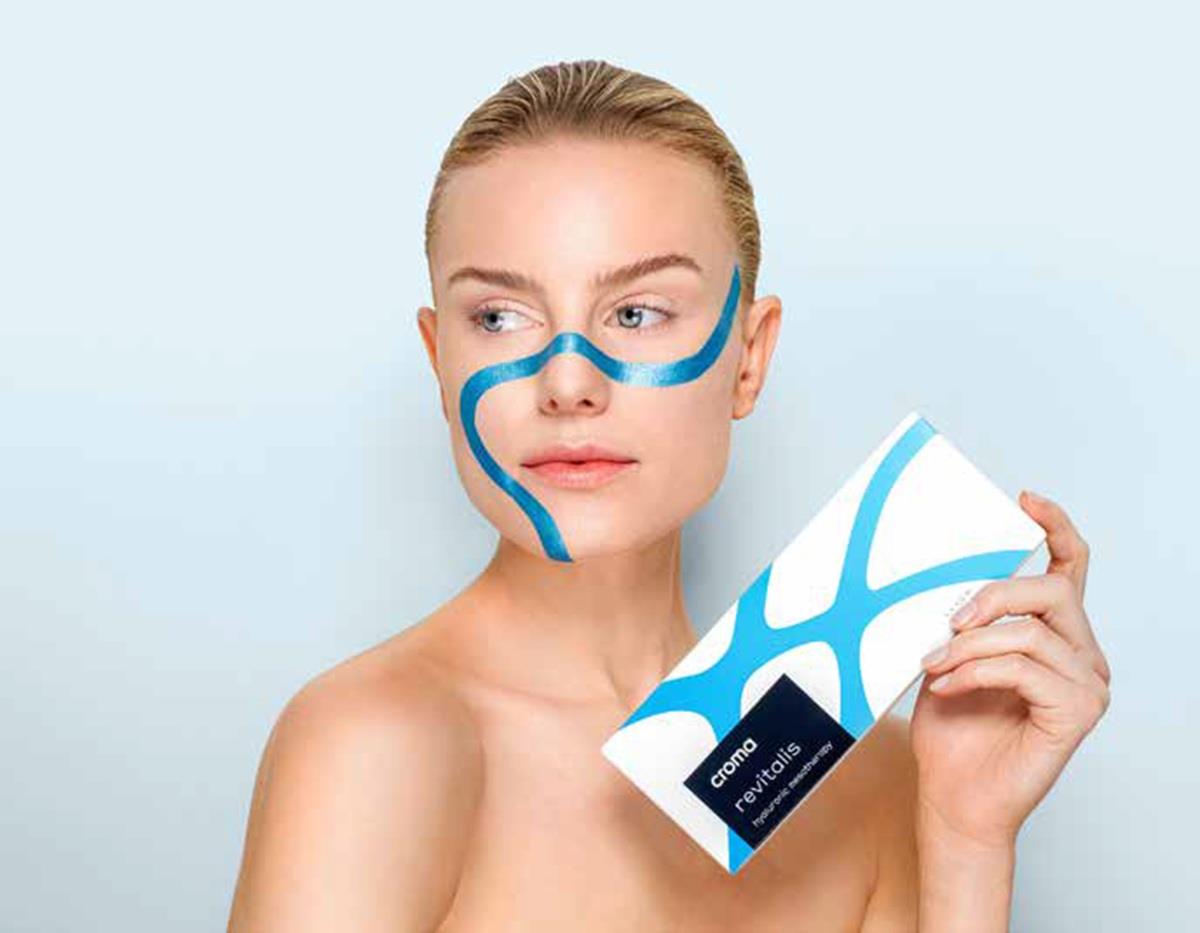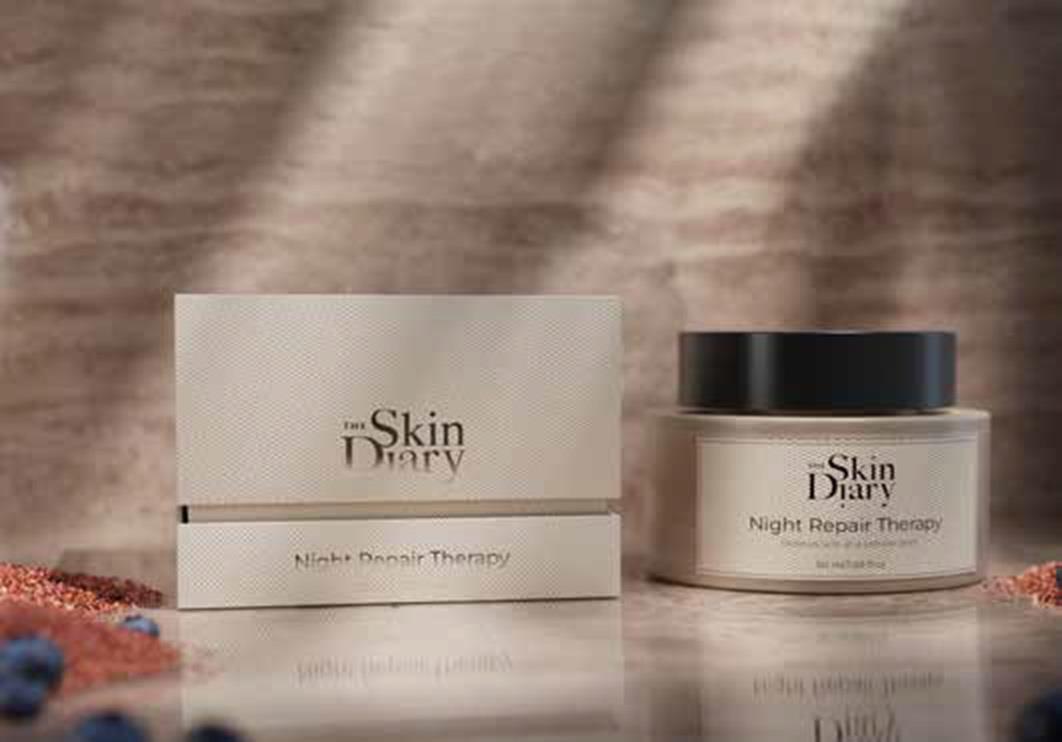
Michelle McLean is the Founder and Medical Lead for Aesthetically You, a ‘good’ rated CQC clinic in the Northwest of England. She has over 12 years of experience in the industry and is a Regional Leader for the BACN. Michelle is currently completing a second MSc in cosmetic medicine.
When a patient’s perceptions of the changes achieved after a series of cosmetic procedures become skewed, we call this ‘perception drift’. In recent years, many people have wanted to alter their physical appearance to help raise their social and psychological well-being. As aesthetic treatments become increasingly more accessible and the general public becomes increasingly familiar, practitioners should be aware of the benefits of opting for a ‘less is more’ approach and avoid the risks of potential overfilling or facial distortion.
What does the 'less is more' approach mean to you?
At my clinic, when it comes to treatment, especially injectables like dermal filler, I always opt for a 'less is more' approach to consistently achieve effective, natural looking results for my patients. For me, subtle and natural enhancements are more aesthetically pleasing. This approach allows me to maintain a patient's natural beauty and facial features rather than radically altering their appearance. My process involves using conservative amounts of products and techniques to achieve the desired aesthetic outcome whilst maintaining a balanced and harmonious appearance and avoiding overfilling or overtreating areas. My end goal is for treatment to be undetectable, leaving the patient looking like a fresher version of their usual self without creating an artificial or exaggerated appearance.
How do you maintain facial expressions when the goal is to restore lost volume through ageing?
Natural facial expressions are essential to nonverbal communication and signal characteristics, and patients seeking facial rejuvenation want discreet and natura llooking outcomes. Knowing your product is crucial to any injectable treatment, even more so when restoring volume loss caused by ageing whilst maintaining a patient's natural facial expressions. Using highly flexible hyaluronic acid dermal fillers and strategic product placement allows practitioners to achieve desired improvements in attractiveness and youthfulness and maintain natural facial movement. The portfolio of STYLAGE dermal fillers by VIVACY Laboratories allows me to choose products which are perfectly adapted to each tissue indication—allowing me to achieve the most natural results each time.
Using less product, how do you still ensure you achieve satisfactory results for your patients?
Achieving satisfactory results for patients without overfilling requires a well-rounded approach. Practitioners should have a good understanding of facial anatomy, the skin, individual patients' concerns and history,and most importantly, a solid knowledge of their product choice. A combination approach of injectables, in-clinic skin treatments, and medical-grade skin care often achieve the best, most natural looking results for my patients requiring full-face rejuvenation.
Both patients and practitioners risk developing a skewed image; a great way to avoid this is to review photographs and videos of facial movement and reference the patient at baseline. More recently, a big part of my work in the clinic involves patient education. Meeting patient expectations can be challenging and effective communication between patient and practitioner underpins satisfaction in clinical outcomes. As practitioners, we must warn and discourage patients wanting to achieve an overly dramatic appearance and show them that trends in facial aesthetics, such as fuller lips, defined cheeks and a defined jawline, can be achieved in a subtle, more natural way. We need to develop mutual trust; the practitioner should understand the patient's preferences and opinions, and the patient should respect the practitioner's judgement and expertise. This is crucial to achieving favourable patient outcomes and satisfaction.
CASE STUDY
A 38-year-old female patient presented to my clinic with concerns about signs of ageing, volume loss in the midface, hooded eyelids, and prominent nasolabial folds. After a thorough consultation, a bespoke injectable treatment plan was recommended.
Dermal filler STYLAGE XL by VIVACY Laboratories restored volume loss in the midface, and STYLAGE M softened the nasolabial folds creating a more lifted appearance.
1ml of STYLAGE Lips Plus dermal filler was used to achieve a fuller, hydrated lip. A visible reduction in the nasolabial folds and an increased volume in the midface area were apparent.
Toxins were used for brow lift benefits and signs of ageing around the eyes and forehead.
Reviews were scheduled post-treatment to discuss patient expectations and evaluate visible results.
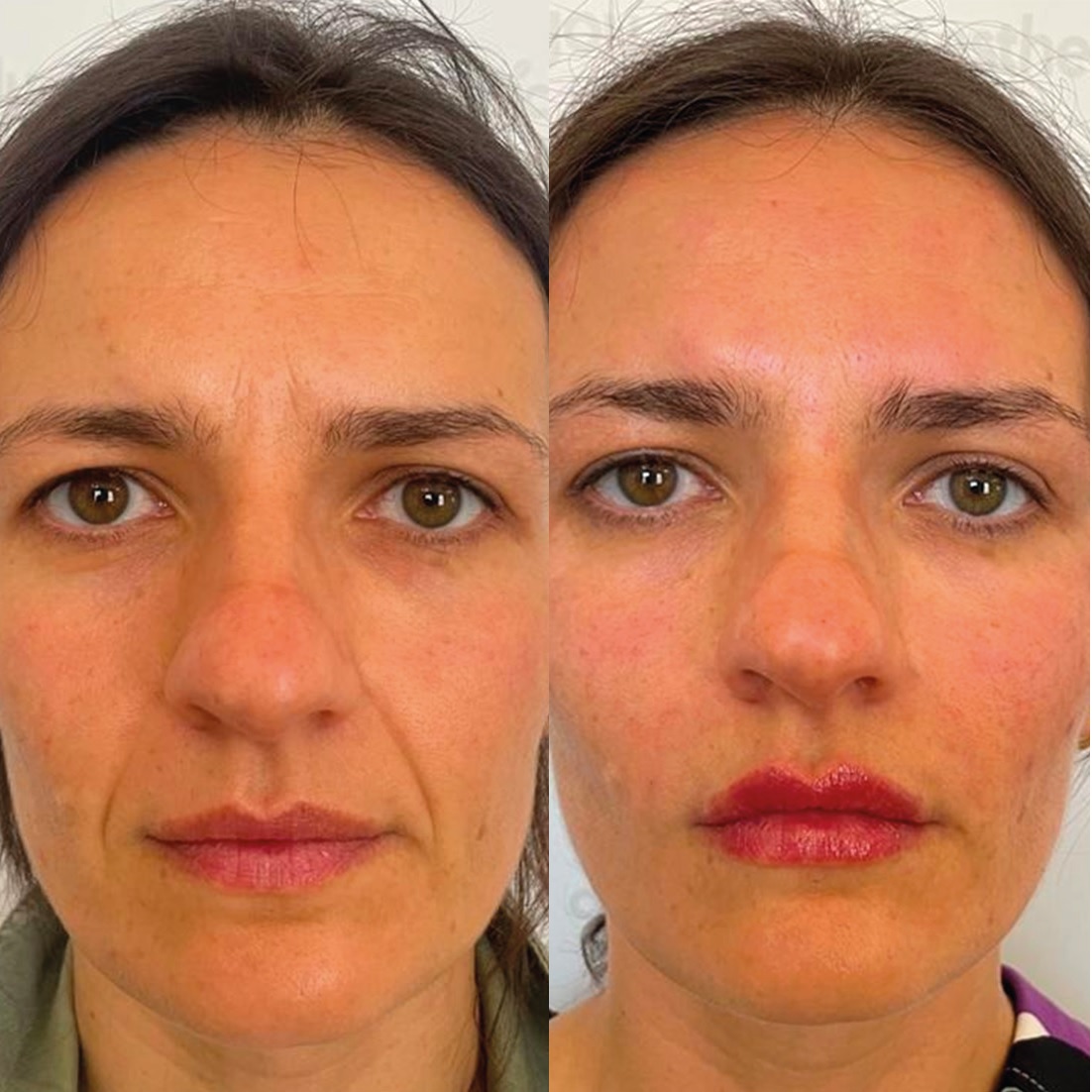
Conclusion
As patients become more familiar and accustomed to injectable treatments, they risk experiencing perception drift, desiring more noticeable results at each appointment. As practitioners, there is a duty to educate and guide the patient towards a more natural ‘less is more’ result, avoiding overfilling and maintaining natural facial movement. As an industry, if we allow perception drift to continue, we risk affecting patients' psychological wellbeing, an overall distorted aesthetic, and hindering essential non-verbal facial communication.

References
1. Sola, C. and Fabi, S. (2019) Perception Drift Dermatological Surgery Vol. 45 (12) P. 1747-1748 [Online] Available at: Perception Drift, PubMed (nih.gov)
2. Michaud, T., Gassia, V. and Belhaouari, L.(2015) Facial dynamics and emotional expressions in facial aging treatments J Cosmet Dermatol Vol. 14 P. 9-21 [Online] Available at: Facial dynamics and emotional expressions in facial aging treatments, PubMed (nih.gov)
3. Özkur, E., Altunay, K. and Aydın, Ç. (2020) Psychopathology among individuals seeking minimally invasive cosmetic procedures J Cosmet Dermatol Vol. 19 (4) P. 939-945 [Online] Available at: Psychopathology among individuals seeking minimally invasive cosmetic procedures, PubMed (nih.gov)
4. Ravi, J., Huang, P. and Ferraz, R. (2016) A new tool to improve delivery of patient-engaged care and satisfaction in facial treatments: the Aesthetic Global Ranking Scale Journal of Cosmetic Dermatology Vol. 16 P. 132-143 [Online] Available at: A new tool to improve delivery of patient-engaged care and satisfaction in facial treatments: the Aesthetic Global Ranking Scale, PubMed (nih.gov)
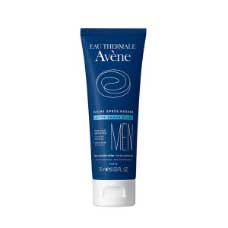
 Added to basket
Added to basket

 Unapplied Changes
Unapplied Changes


